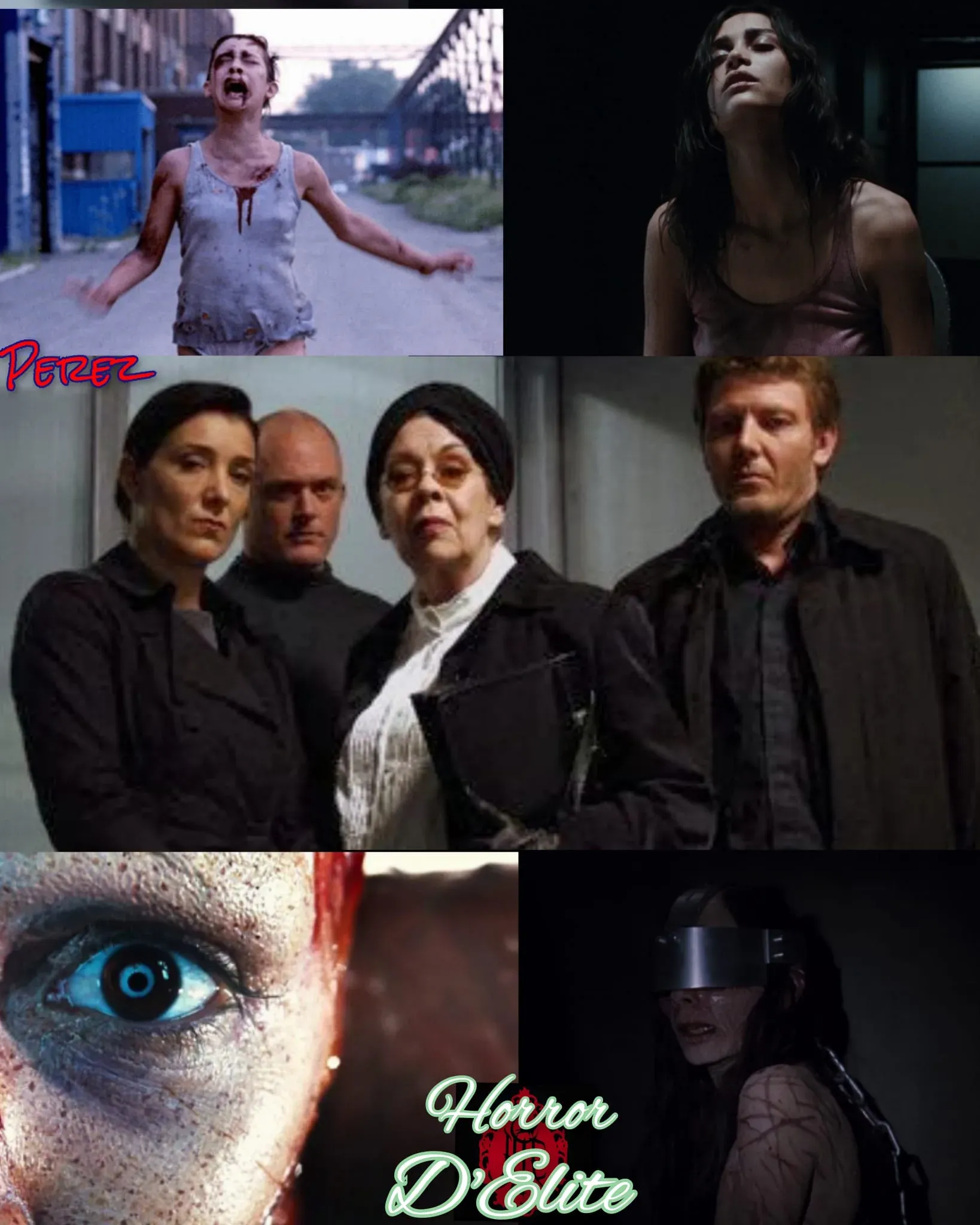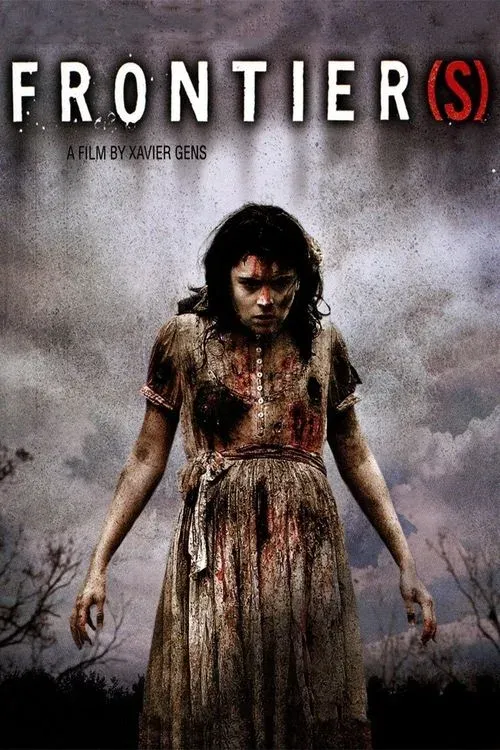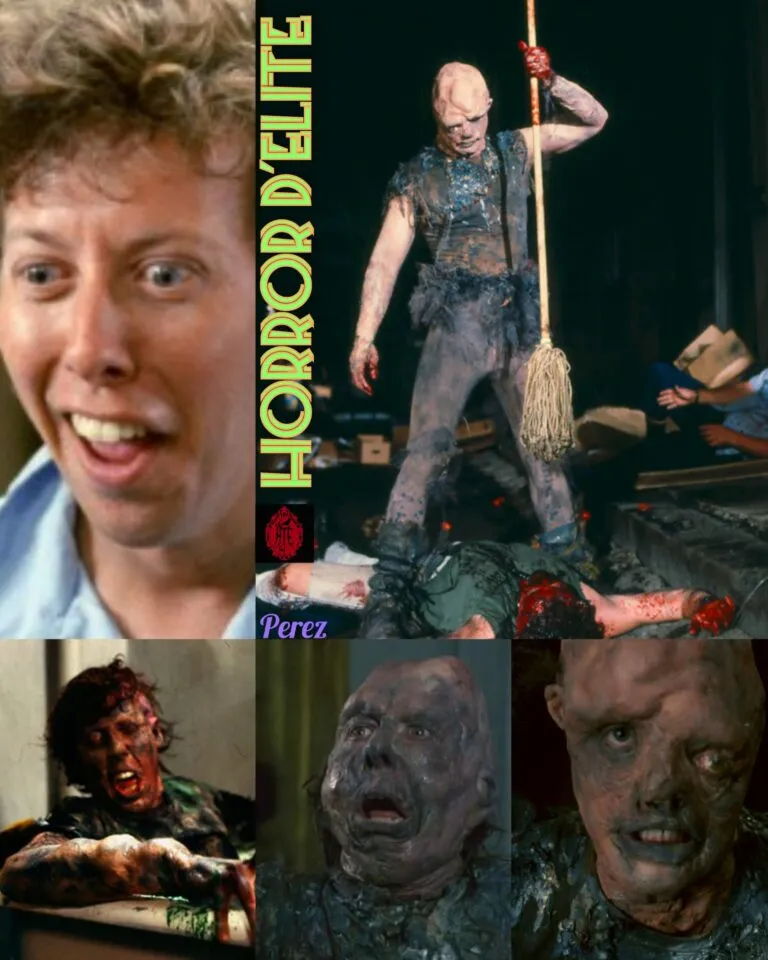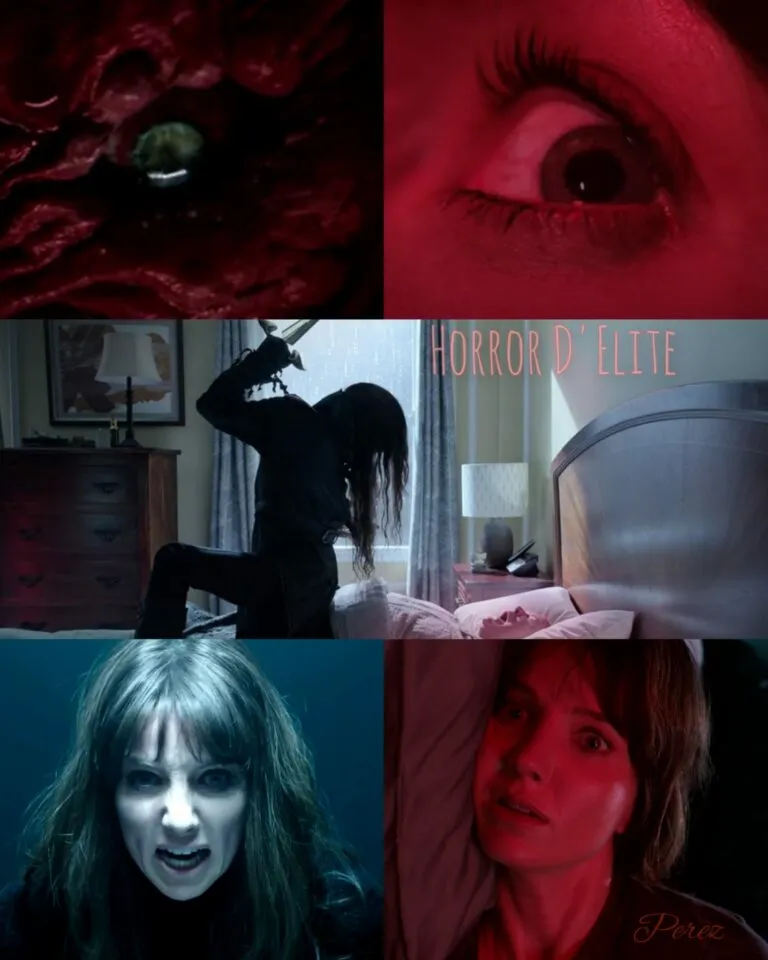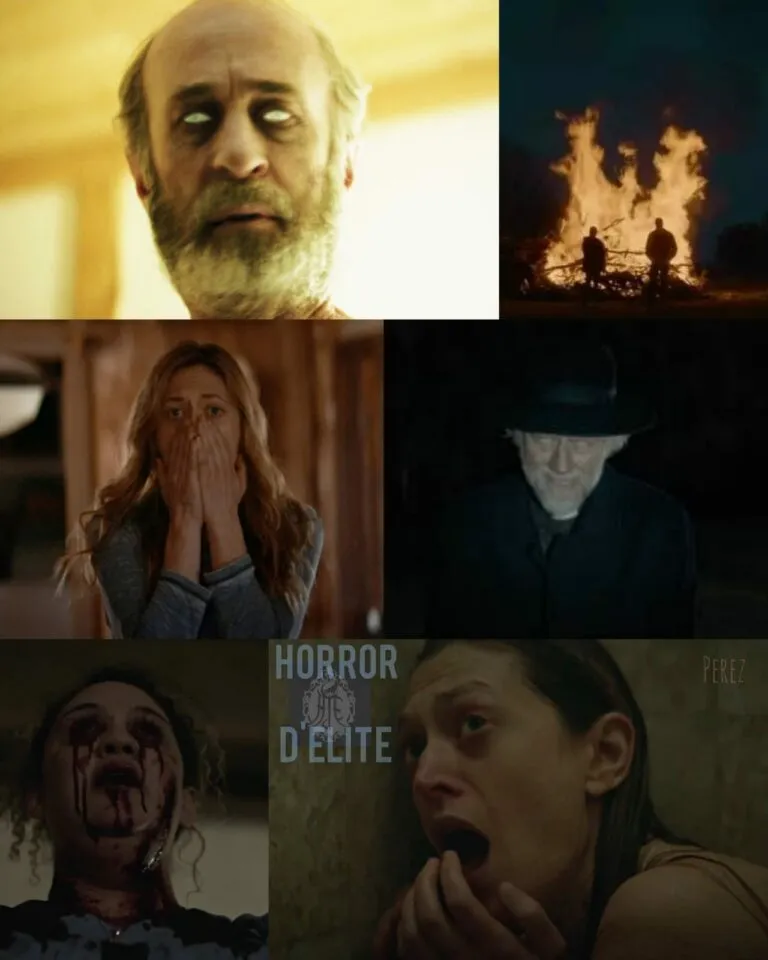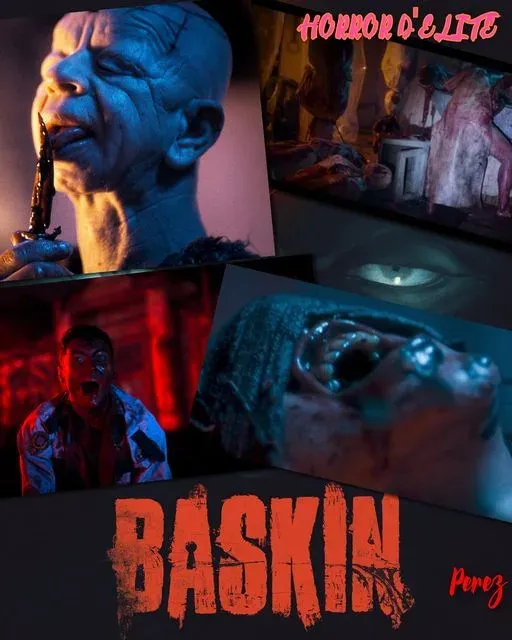Martyrs
Martyrs
Directed by Pascal Laugier
France 2008
Plot
Lucie is a young girl who is rescued after escaping from a state of captivity. In the recovery center where she is placed, she meets Anna, and a strong bond forms between them.
Fifteen years later, Lucie, with Anna’s help, seeks to exact her revenge and, at the same time, free herself from the demons that have tormented her for so long. However, everything becomes much more complicated….
Considerations
“It seems that women are more sensitive to transfiguration… young women.”
This line is spoken by the cryptic Mademoiselle to Anna during a pivotal moment in the film. Beyond its importance in setting the atmosphere and reflecting the philosophy of Martyrs, it serves as a key to unlocking the complex cinematic world of Laugier.
His cinema is deep and cynical, where all his female protagonists endure harsh and challenging trials. Four films (so far) and four stories of women immersed in difficult, mysterious, and often extremely violent social contexts.
The pinnacle of the French director’s work is undoubtedly Martyrs.
A story of psychological and physical extremity that tells of two girls deeply connected by a troubled past who, after many years and a complex rehabilitation journey, find themselves sharing the same present but with different motivations: Lucie is haunted by the ghosts of her abduction and driven by a need for revenge, while Anna, tied to Lucie through support, also harbors feelings of love and attraction.
The narrative immediately delves into the psychological struggles of both as they try to manage their actions and minds. Everything is portrayed on screen with intense physicality and pain, especially physical suffering.
Laugier immediately flexes his muscles, sparing nothing. It only takes him 8 minutes to introduce us to the story of the two girls, and it’s instantly an explosion of blood, pain, and death. The steady hand of the camera doesn’t allow for many explanations—the ghost haunting Lucie is terrifying, grotesque, and does the worst things, and Anna’s encounter with a mysterious woman in the basement is equally horrifying.
Close-ups become open spaces to display cuts, blunt objects, beatings, lesions, and wounds… in short, it’s a martyrdom for the viewer, who is overwhelmed by a constant horror.
Behind the violence and anguish of the omnipresent torture, however, lies a story—a story of friendship, passion, and support that comes at a heavy price when confronted with fanaticism (both religious and ethical), which goes hand in hand with the needs of wealthy bourgeois and self-righteous politicians.
The final 25 minutes are an explosion of unprecedented brutality. Along with providing illuminating answers to the various “whys” scattered throughout the film (with very few dialogues, also allowing the viewer a brief respite), the screen is dominated by a wave of violence so real and effective that it’s unparalleled elsewhere: a long sequence of beatings, torture, and screams that accompanies the viewer to the end, one of the most disturbing finales ever.
Despite its “red label” (rated 18+ in France), Martyrs managed to enter millions of homes, earning its place among the greatest horror masterpieces of the 21st century.
This is entirely justified: we’re not talking about ordinary torture porn but a highly conceptual film that delves into life after death, child abuse, traumas capable of irreparably altering a person’s life, and the very concept of martyrdom.
In this sense, Martyrs is a perfect film.
Available on Amazon Prime, Chili, and YouTube (in the original language).
In 2015, an American remake was produced but never distributed in our country.
Pandemonium Moment
Undoubtedly the final part, when the young protagonist, after enduring all kinds of physical violence and beatings, is skinned alive to complete her martyrdom.
Subscribe to our YouTube channel

